CHINASE | ENGLISH
bottom
NEWS
CZ-4B is launched successfully on Chinese Valentine’s Day
CZ-4B Y40 launch vehicle, developed by Shanghai Academy of Spaceflight Technology, was launched at Taiyuan Satellite Launch Center at 11: 08 on August 4, and succeeded in sending the terrestrial ecosystem carbon monitoring satellite, JT-4 and MH Youth Satellite into the preset orbit, marking a complete success of the launch mission
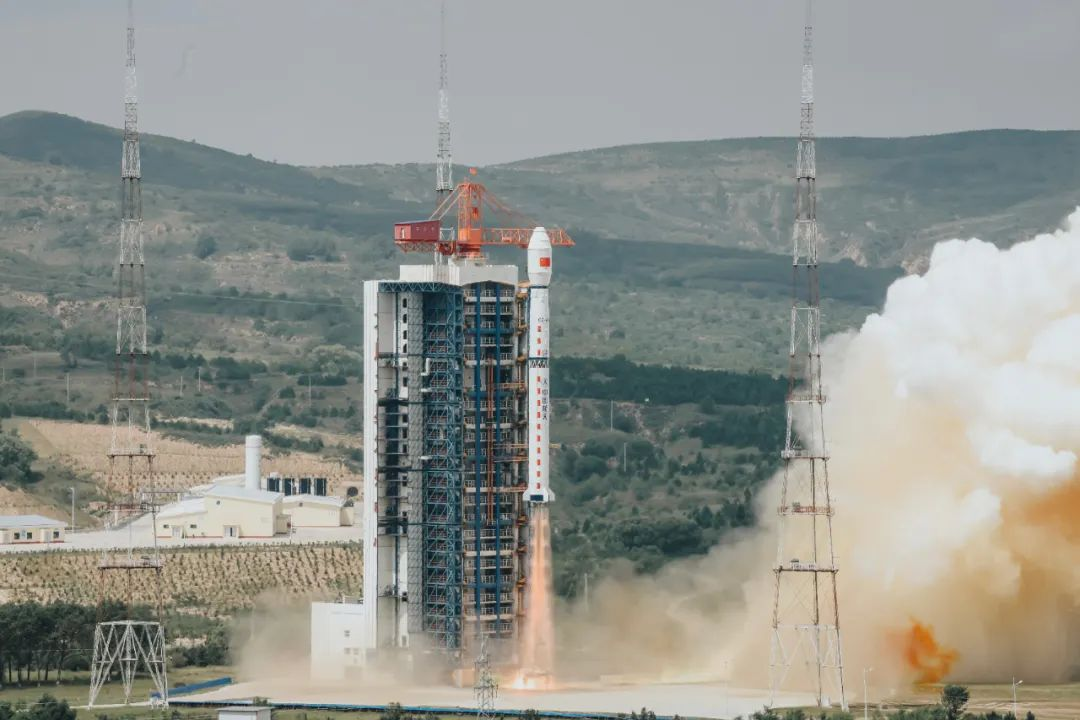
This is the 430th launch of Long March series of launch vehicles, the 100th consecutive successful launch of Long March series of launch vehicles, and also the 162nd launch of Long March series of launch vehicles developed by Shanghai Academy of Spaceflight Technology.
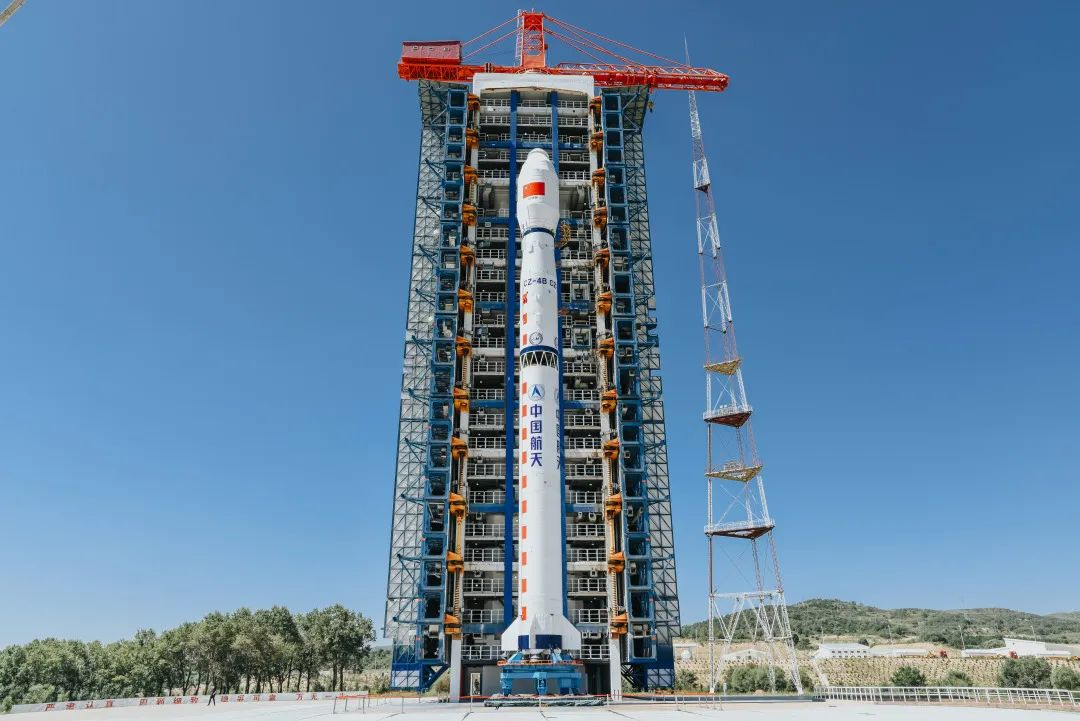
The terrestrial ecosystem carbon monitoring satellite is developed by China Academy of Space Technology, while JT-4 and MH Youth Satellite are respectively developed by China HEAD Aerospace Technology Co., and Shanghai SastSpace Technology Co., Ltd.
|
The CZ-4B launch vehicle executing the mission is a 3-stage liquid rocket with propellant at normal temperature, with excellent performance, extensive usage, and the capacity to launch different types of satellites with different orbit requirements, to meet user requirements. In addition, it can also adopt multiple specifications of satellite fairing and multiple layouts, to launch multiple satellites at the same time. The carrying capacity at sun-synchronous orbit can reach to 2.5 tons (orbit altitude: 700km). This launch is the 92nd launch of Long March 4 series of launch vehicles. |
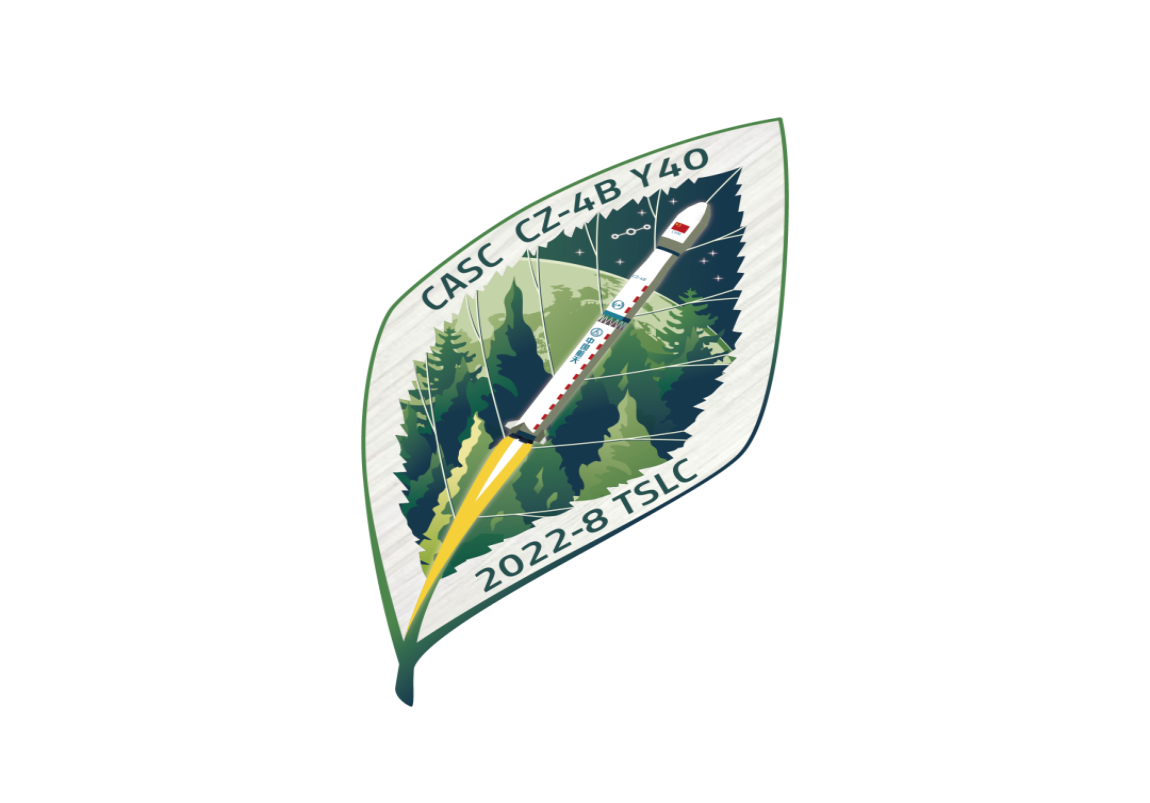
Rigorous and practical, doing things right the first time, and ensuring success with high quality
Given the rainy season in July and August at Taiyuan Satellite Launch Center, meteorological conditions became the main factor influencing the plan, so in order to avoid rainfall, the first, second and third-stage robot and satellite fairing complex were respectively transferred one day in advance, leaving little time for the original process. Cang Biao, General Director of Long March 4 series of launch vehicles said: “we should take steady steps patiently, and bear in mind that doing things right the first time is the highest efficiency.” Each post did an excellent job in assumption and reflection, worked in strict accordance with operation instructions, actively cooperated with each other, and successfully advanced all links of work at the launch site.
To promote the optimization of process at the launch site, the model adopted full-autonomous alignment technologies for the first time at Taiyuan Satellite Launch Center, and the azimuth aiming was independently completed on the launch vehicle, reducing the personnel, equipment and operations related to ground optical aiming. Furthermore, some test links were also simplified on the basis of ensuring sufficient test coverage and the verification of sub-samples, to further improve the efficiency and quality of test operations at the launch site. Meanwhile, the LDM of the model test digital management system was continuously revised and optimized, and the task distribution, result collection and three-level approval were entirely operated at the PAD terminal, alleviating the workload of each post.
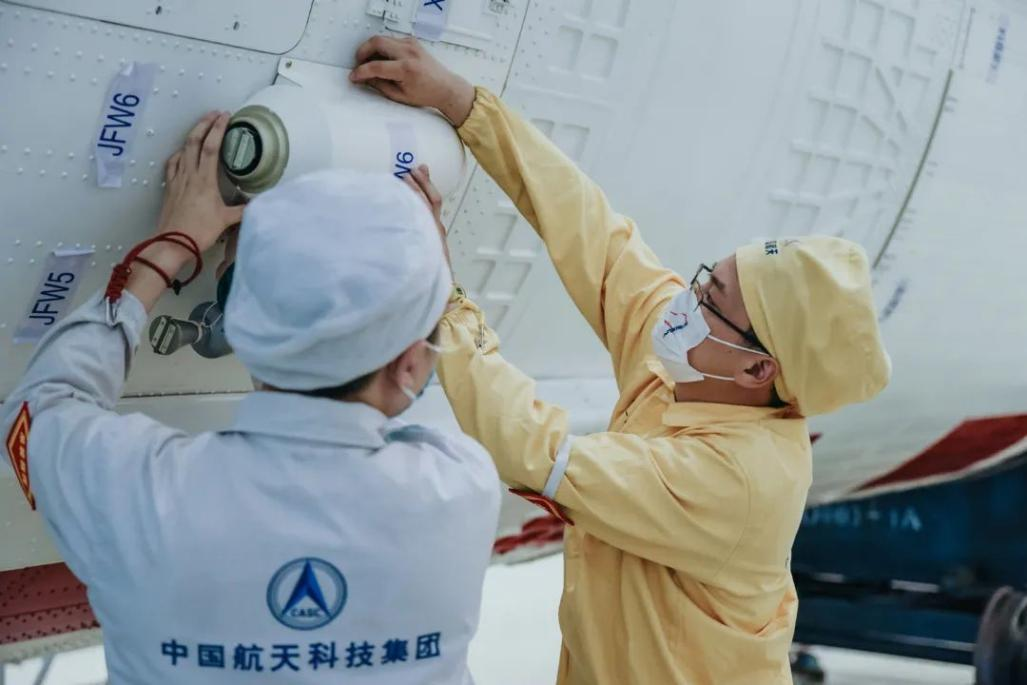
In the context of "process optimization + informationization", measures have been taken to reduce operating posts, and add information posts, to promote the digitization of models. Meanwhile, the scale of the test team has also been further reduced, and the work efficiency has been further focused on the core.
In the meantime, the Long March 4 model also actively explored intelligent launch vehicles, and the flight diagnosis control unit on board is the first flight verification of domestic power diagnosis and reconstruction platform. To improve the adaptability of the launch vehicle to power system failures during the flight, the model carried out research on power fault diagnosis and reconstruction technologies, and achieved the real-time diagnosis and processing of flight data on the rocket as well as online flight target and trajectory reconstruction by optimized algorithms upon failures, so as to reach the optimal orbit insertion target under the current state. In this mission, the flight diagnosis control unit was mounted with an open loop, to verify the adaptability of the algorithm, hardware and software to the flight environment.
While strengthening the reliability of the mission, Long March 4 launch vehicle provided sufficient carrying launch opportunities for small satellites based on its excellent performance, diversified missions and flexible design, and also offered a powerful support to the demand for space applications from all sectors of society. Zhang Baizheng, Chief Deputy Director of Long March 4 test team said: "after participating in carrying launches for more than a decade, I have felt the gradual standardization and scaled development of the work.” In respect of the product, Shanghai Academy of Spaceflight Technology has developed several separation mechanisms suitable for small satellites, such as the wrapped-type, point-type, claw-type and POD, and formed a series of standard systems for carrying interfaces, while in respect of the process, by adopting a universal carrying design, it can facilitate the carrying satellite to launch fast and flexibly, and in respect of the market, scare resources have been utilized effectively based on the centralized management of carrying margins and carrying demands, fast docking, and even iterative design.
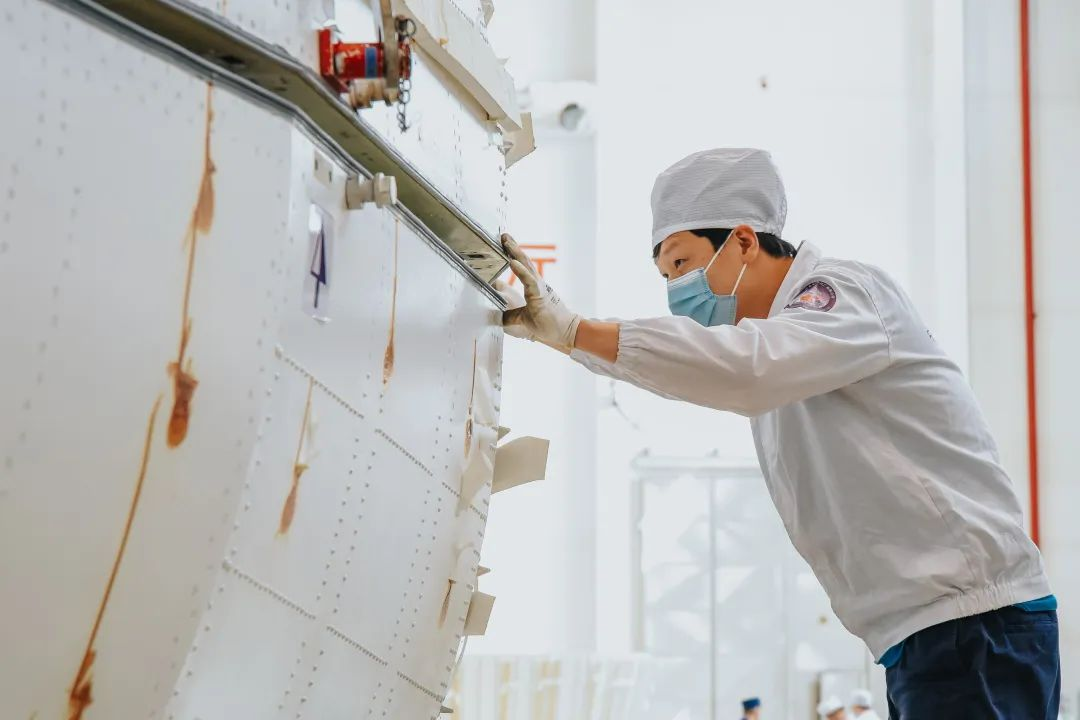
De-tasking and de-modeling
Transforming from customized development to batched production
Over the years, under the unified planning of China Aerospace Science and Technology Corporation, Shanghai Academy of Spaceflight Technology has formulated the framework of product-oriented system, issued system standards, constantly optimized product models, and gradually implemented batched production. In addition, it has also advanced the batched production and rolling assembly and testing of large sub-samples of individual products, transformed its individual products from laboratory products to industrialized products, and the former customized development to batched production, and achieved the "de-tasking" and "de-modeling" of several types of launch vehicles.
Furthermore, Shanghai Academy of Spaceflight Technology has also established and regularly updated five levels of product models, including system-level platforms, individual machines, components/modules, software, and components, and also completed the "de-tasking" of Long March 4 series, Long March 2D, and Long March 6 launch vehicles, and achieved the adjustment of task objectives 4 months before general assembly and testing.
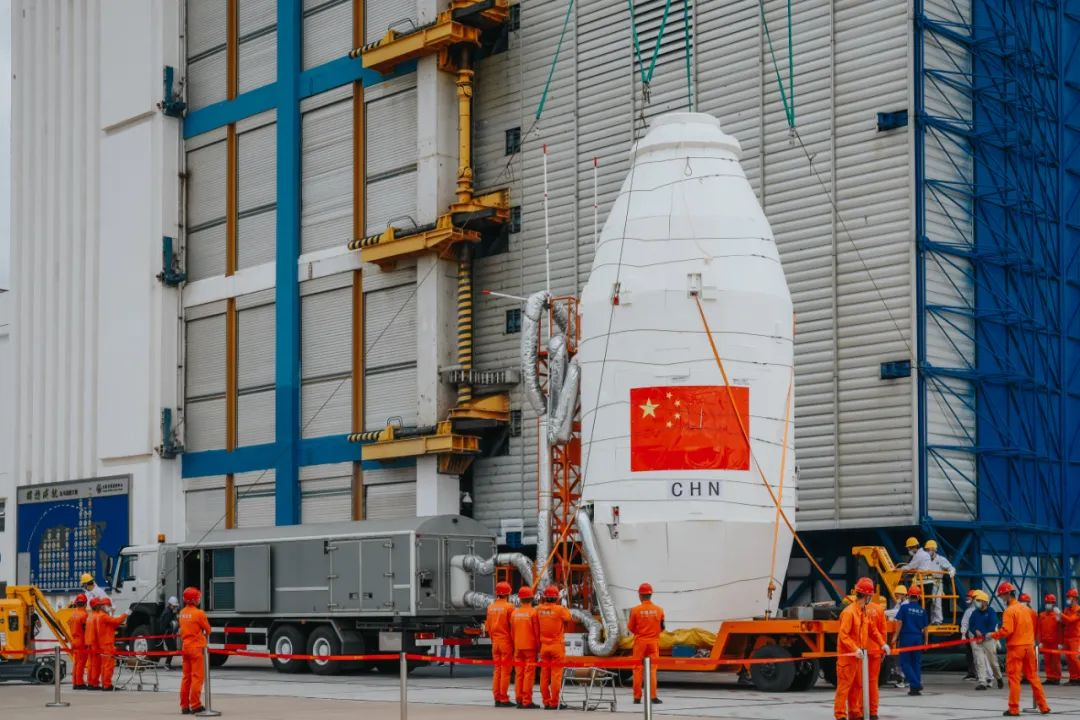
Building a full-time launch test team
Coping with high-strength and high-density challenges with a new mode
In respect of the carrying field, Shanghai Academy of Spaceflight Technology has constantly promoted the special work related to the improvement of reliability, optimized the redundancy program of subsystems, advanced the improvement and verification of weak links and old processes as well as the replacement of prohibited processes, and since 2020, it has completed 94 reliability improvement projects.
In addition, Shanghai Academy of Spaceflight Technology has also taken the initiative to explore the transformation of scientific research and production models, and build a full-time launch test team and a new model of full-time launch test in team construction, system construction, platform construction and professional construction. At the beginning of 2021, Shanghai Academy of Spaceflight Technology set up the general launch test office based on Shanghai Aerospace Equipments Manufacturer Co., Ltd., and recruited backbones from Shanghai Institute of Aerospace Systems Engineering, Shanghai Institute of Aerospace Control Technology and Shanghai Institute of Aerospace Electronic Communication Equipment, and then built a professional full-time launch test team of launch vehicles covering design and tests, to be mainly responsible for relevant electrical tests, such as the commands of rocket system, operating posts on the rocket, ground launch test control posts and partial interpretation posts as well as the general testing of the launch vehicle developed by Shanghai Academy of Spaceflight Technology at the general assembly factory and launch site, shortening the test cycle of single launch vehicle by 1.5 days, and reducing the personnel of test posts by 30%.
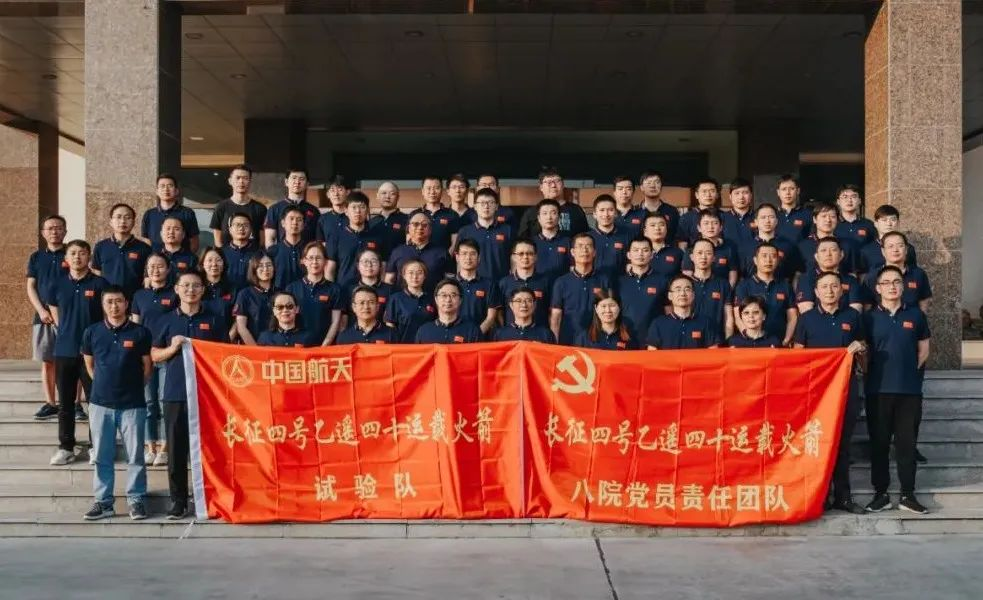
Looking into the future, the Long March series of new launch vehicles have taken up the burden, and undertaken a series of major engineering tasks over the years, including manned spaceflight, lunar exploration project, and Mars exploration. This year, China’s first solid-bundled medium launch vehicle, Long March 6, developed by Shanghai Academy of Spaceflight Technology, was successfully launched at Taiyuan Satellite Launch Center, marking a complete success of the maiden flight, and a new member to the Long March series of new launch vehicles, further improving our model construction of new launch vehicles, and enhancing our ability to enter the space.

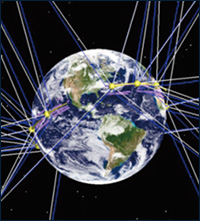
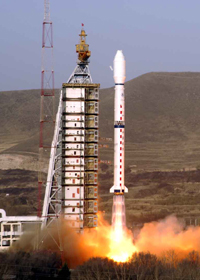
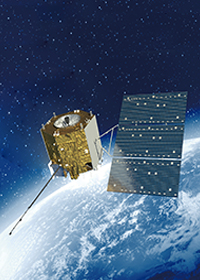

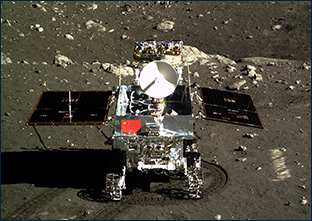
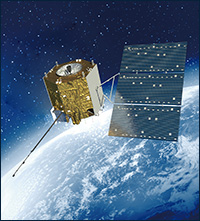

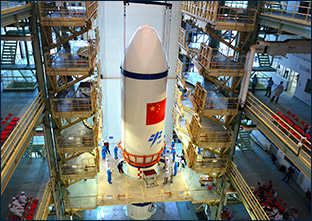



 DOWNLOAD
DOWNLOAD E-MAIL
E-MAIL